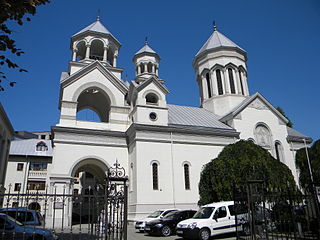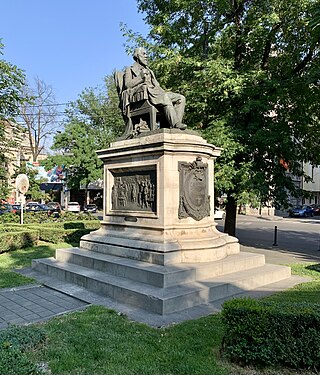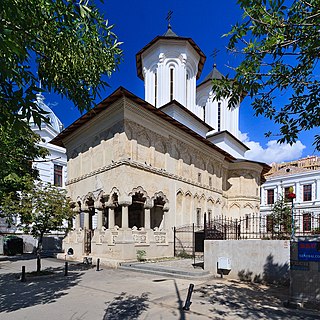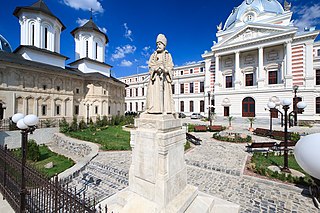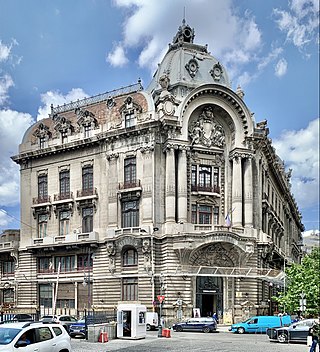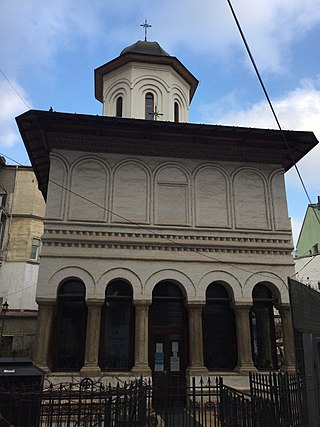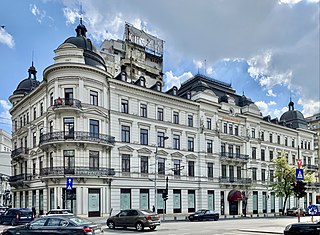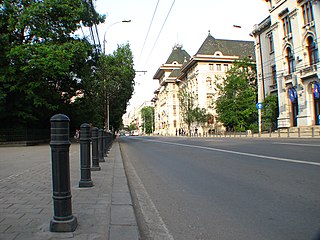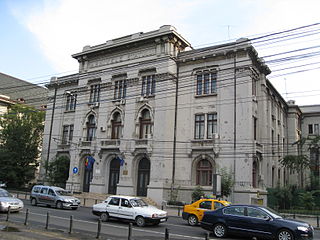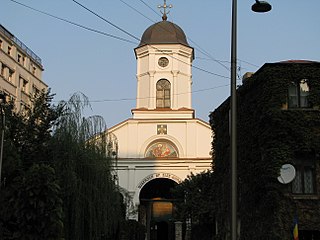Self-guided Sightseeing Tour #4 in Bucharest, Romania
Legend
Guided Free Walking Tours
Book free guided walking tours in Bucharest.
Guided Sightseeing Tours
Book guided sightseeing tours and activities in Bucharest.
Tour Facts
2.7 km
35 m
Experience Bucharest in Romania in a whole new way with our free self-guided sightseeing tour. This site not only offers you practical information and insider tips, but also a rich variety of activities and sights you shouldn't miss. Whether you love art and culture, want to explore historical sites or simply want to experience the vibrant atmosphere of a lively city - you'll find everything you need for your personal adventure here.
Activities in BucharestIndividual Sights in BucharestSight 1: Biserica Armeană Sfinții Arhangheli București
The Armenian Church is an Armenian Apostolic church located at 43 Carol I Boulevard in Bucharest, Romania. It is dedicated to the Archangels Michael and Gabriel.
Sight 2: C. A. Rosetti
The monument of C. A. Rosetti in Bucharest is located in C. A. Rosetti Square and represents the politician Constantin A. Rosetti sitting in an armchair, in an attitude of meditation with the newspaper Românul in one hand and with the pen in the other, in the posture of a writer.
Sight 3: Biserica „Trei Ierarhi“ - Colțea
The Colțea Church is a Romanian Orthodox church located at 1 I. C. Brătianu Boulevard, just off University Square in Bucharest, Romania. It is dedicated to the Three Holy Hierarchs.
Sight 4: Mihail Cantacuzino
The statue of Mihai Cantacuzino is the first statue erected in Bucharest (1865-1869), being made of Carrara marble by the sculptor Karl Storck.
Sight 5: Biserica Sfântul Nicolae - Ghica

St. Nicholas Russian Church is located in central Bucharest, Romania, just off University Square. Russian Ambassador Mikhail Nikolaevich Giers initiated the building of a Russian Orthodox church in central Bucharest in 1905. It was meant mainly for the use of the legation employees, as well as for Russians living in the capital city of the Kingdom of Romania.
Sight 6: Palatul Bursei de Valori
The Bucharest Chamber of Commerce Palace, also the Stock Exchange Palace, is a building located at 4 Ion Ghica Street, Bucharest, Romania.
Sight 7: Biserica Doamnei
The Lady's Church is a Romanian Orthodox church located at 1 Doamnei Street in Bucharest, Romania, hidden behind an apartment block on Calea Victoriei. It is dedicated to the Presentation of Mary.
Sight 8: Grand Hôtel du Boulevard
The Grand Hotel du Boulevard is a hotel in Bucharest, Romania, at the intersection of Calea Victoriei and Elisabeta Boulevard.
Sight 9: Primăria Municipiului București
The Palace of the Ministry of Public Works is a building in Bucharest, built between 1906 and 1910, in the traditional Neo-Romanian style, according to the plans of the architect Petre Antonescu, on the vacant land located opposite the Cismigiu Garden, called "Duca's Maidan".
Sight 10: Arhivele Naționale
The National Archives of Romania, until 1996 the State Archives, are the national archives of Romania, headquartered in Bucharest. It is subordinate to the Ministry of Internal Affairs. There are 42 regional branches, one in each county of Romania and one in Bucharest.
Sight 11: Biserica „Sfântul Ilie” - Gorgani
The Church of Saint Elijah - Gorgani in Bucharest is a parish church in the center of Bucharest. The place was built in the nineteenth century and is registered as a historical monument.
Wikipedia: Biserica Sfântul Ilie - Gorgani din București (RO)
Share
How likely are you to recommend us?
Disclaimer Please be aware of your surroundings and do not enter private property. We are not liable for any damages that occur during the tours.
GPX-Download For navigation apps and GPS devices you can download the tour as a GPX file.
